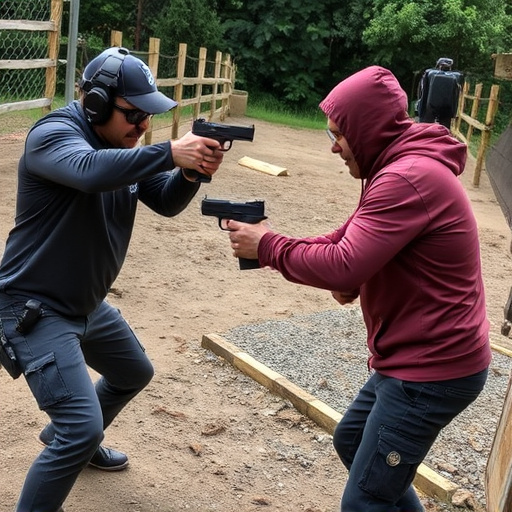When purchasing a stun gun, consider safety, effectiveness, durability, and legal compliance. Look for reliable power sources, easy triggers, adjustable voltage, and LED lights or alarms. Understand battery types (Li-ion vs. NiMH) and their benefits. Evaluate power output in joules, electrode configuration, and local regulations. Prioritize safety with a reputable brand and positive reviews, focusing on features like voltage, size, ease of use, and integrated tools.
When purchasing a stun gun, understanding its battery specifications is crucial. This guide delves into the essential elements that define performance and safety. From battery types—like Lithium-ion versus NiMH—to voltage, capacity, and charging time, each component impacts your stun gun’s effectiveness. Learn how to navigate these factors, ensuring you get a reliable, high-performance device while adhering to international safety standards. Discover what to look for when buying stun guns to make an informed choice.
- Battery Types and Their Advantages
- – Lithium-ion vs Nickel-metal hydride (NiMH) batteries
- – Benefits of each type for stun guns
- Voltage and Ampere Ratings
- – Understanding the energy output
- – Safety considerations based on voltage levels
Battery Types and Their Advantages
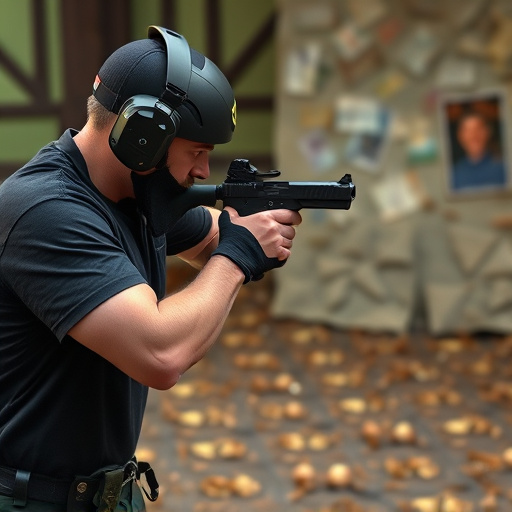
– Lithium-ion vs Nickel-metal hydride (NiMH) batteries
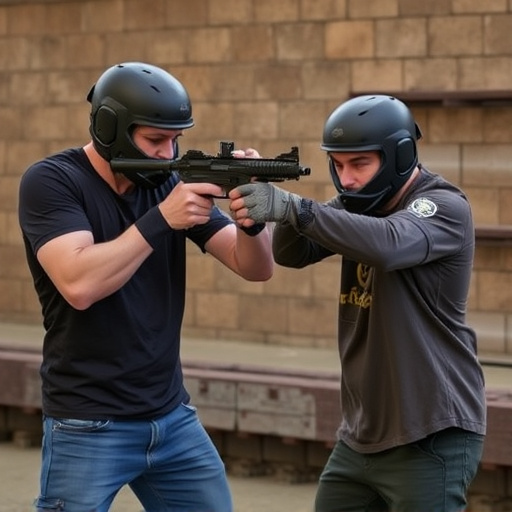
When considering what to look for when buying stun guns, one crucial aspect is the type of battery they use. Lithium-ion (Li-ion) and Nickel-metal hydride (NiMH) are two common choices, each with its advantages. Li-ion batteries offer higher energy density, meaning they can store more power in a smaller size, making them lighter and more compact for stun guns. This is particularly beneficial for devices designed for ease of carry and convenience. Furthermore, Li-ion batteries have a lower self-discharge rate, ensuring your stun gun retains its charge for longer periods between uses.
On the other hand, NiMH batteries are known for their durability and cost-effectiveness. They can withstand more charge cycles than Li-ion batteries, making them a preferred choice for those seeking long-term reliability. While they may not offer the same level of compactness as Li-ion, NiMH batteries are still lightweight and suitable for stun guns. When comparing rechargeable stun gun batteries, evaluating these factors will help you make an informed decision based on your specific needs and preferences.
– Benefits of each type for stun guns
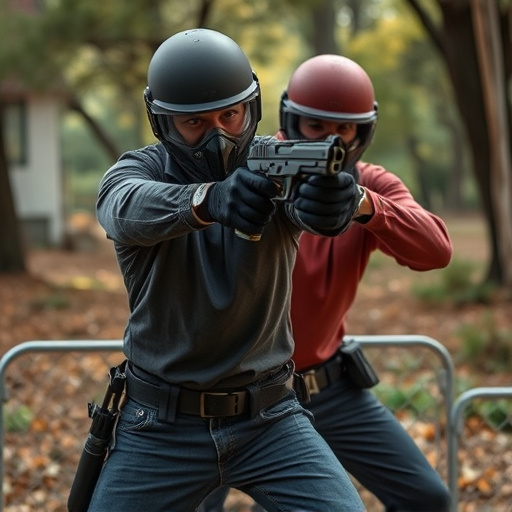
Voltage and Ampere Ratings
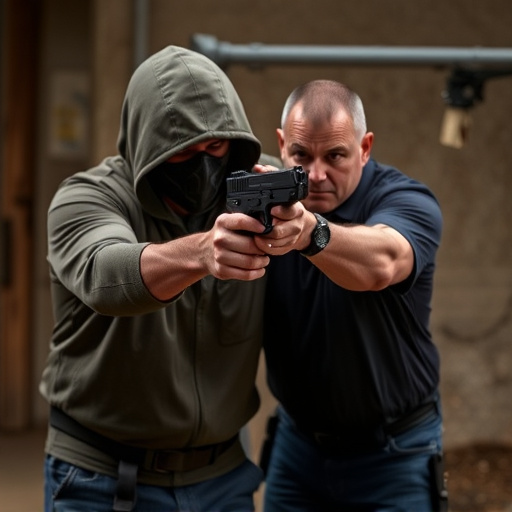
When considering what to look for when buying stun guns, understanding voltage and ampere ratings is paramount. These specifications indicate the power output of a stun gun, with voltage measuring the force behind the electric current and ampere rating determining its strength. A higher voltage doesn’t always mean more effective jolts; it’s the combination of voltage and ampere that delivers a powerful shock.
For instance, a stun gun with 12,000 volt and 3 ampere rating packs quite a punch, delivering enough force to temporarily disable an assailant. Ensure the device meets your safety needs by comparing these ratings across different models. Remember, higher ratings don’t always translate to better performance; consider factors like battery life, weight, and ease of use alongside voltage and ampere ratings for an informed purchase decision.
– Understanding the energy output

– Safety considerations based on voltage levels
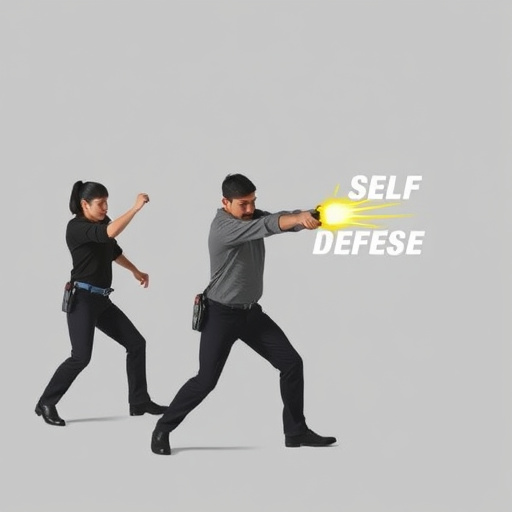
When considering what to look for when buying stun guns, understanding battery specifications is paramount. Lithium-ion and Nickel-metal hydride (NiMH) batteries each offer unique advantages, with lithium-ion providing higher energy density and longer lifespan while NiMH batteries are more environmentally friendly and have lower risk of overheating. Voltage and ampere ratings determine the stun gun’s power and safety, so it’s crucial to balance effectiveness with precaution. By carefully evaluating these rechargeable stun gun battery specifications, you can make an informed decision that ensures both performance and peace of mind.
